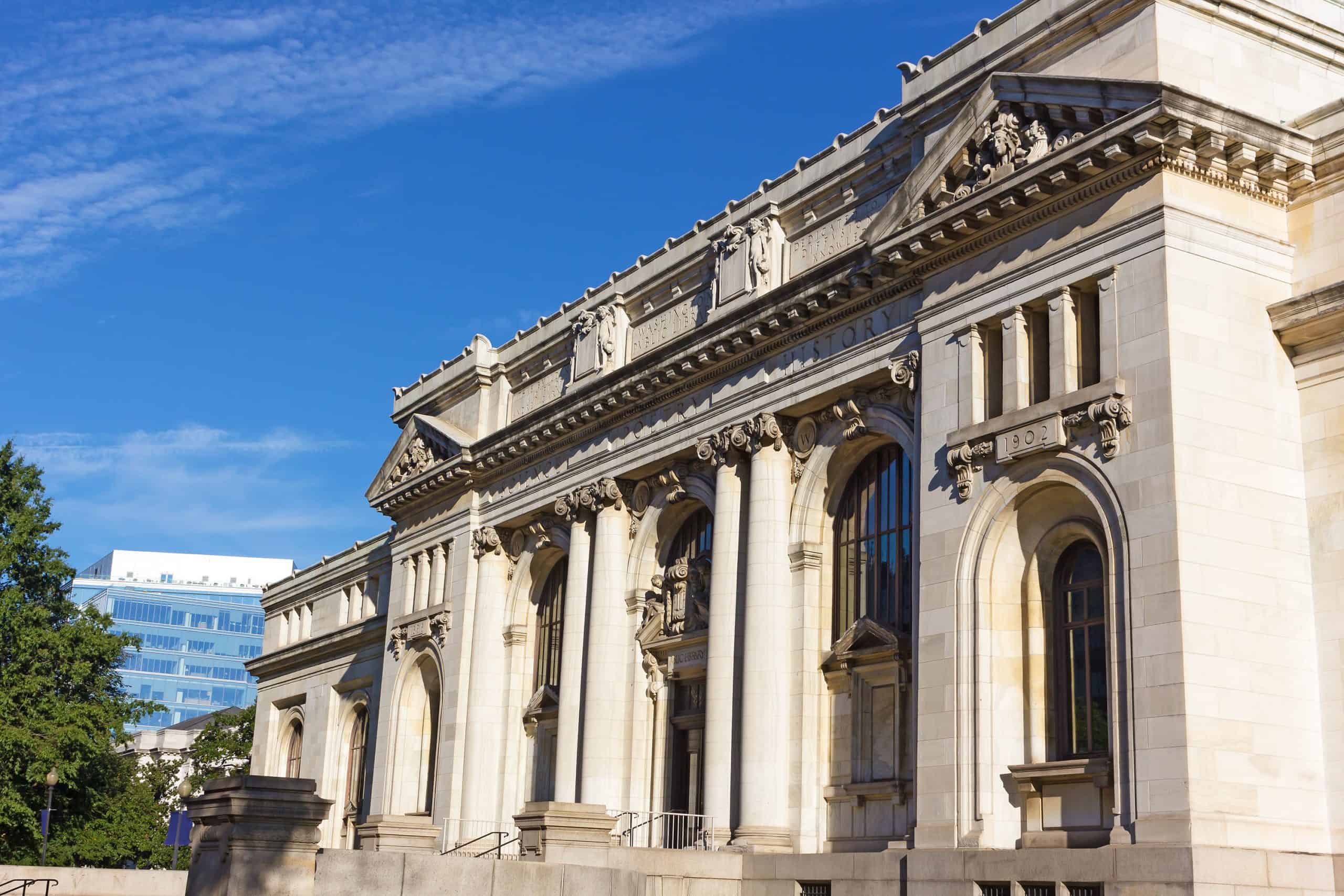Dilapidated buildings in industrial Kansas City district are restored into beautiful living spaces.
The West Bottoms district just west of downtown Kansas City, Mo., was a thriving industrial and commercial scene as recently as the 1950s. Kansas City’s original downtown, it was home to the Kansas City Livestock Exchange, the Kansas City Stockyards, and every year, its signature venue, Kemper Arena, hosted the gigantic American Royal livestock show and other events.
The industrial revolution and introduction of railroads made it an important hub for cattle trade and other smaller industries like furniture, seed and household products.
This industrial activity left the area long ago, and since then, West Bottoms has reinvented itself in tiny bits. Empty warehouses turn into haunted houses each October or trendy flea markets on the weekends. But mostly, the entire area followed the trajectory of many districts in the U.S. just like it – suffering atrophy of its buildings as industrial and economic needs became obsolete or moved elsewhere.

However, in the last 5 to 10 years, the outlook for the West Bottoms has changed. Kemper Arena was renovated into a new amateur sports complex, restaurants have popped up, and developers have taken on larger-scale projects to update and adapt the uses of these old warehouses into multifamily residences.
One such developer is MCM Company, which bought three adjacent historic buildings in 2016 and, in a $68 million project with design firm BNIM and general contractor Rau Construction, transformed them into a mixed-use space including a 265-unit apartment complex called the West Bottom Flats. It advertises amenities like bocce courts, an outdoor theater, rooftop patios and courtyards. The complex also includes 10,000 square feet of retail space.
One of the buildings comprising the complex is the Abernathy at 1501 W. Ninth Street, previous home to Abernathy Furniture Company. Built in 1880, the Abernathy’s original painted lettering over red brick survived the decades and was one of the historic elements developers wanted to preserve and retain in its renewed use. They didn’t want to retain the years of atmospheric stains and general buildup of dirt covering the red brick exterior. They wanted that gone.


Rau Construction worked with MTS Contracting out of Kansas City to complete the exterior restoration work beginning in 2019. While the carbon staining on the building was severe, the red brick was old, soft and dry, said Wayne Schasteen, project manager with MTS Contracting.
But the task didn’t intimidate anyone at the company, which has been in the business of masonry restoration, waterproofing and concrete repair of buildings nationwide for 24 years now. Plus, Schasteen, who’s worked in the industry for 40 years, knew exactly what to do.

Once the brick was repointed in areas that needed it, the company deployed crews on scaffolding, lifts and swing stages, and equipped them with Heavy Duty Restoration Cleaner to lift the atmospheric stains off the red brick and restore it to its original beauty and color.
They used extra caution around the painted lettering of “Abernathy Furniture Company” to keep those intact as well as graffiti by local artists on the ground level of the building.
“The owner wanted to keep it,” Schasteen said. “It was really nice graffiti. They found the artists and had them come back and touch it up.”
He and the MTS Contracting crews simply covered the artwork with plastic during the cleaning portion to keep it unscathed.

The results were a success, which was no surprise to Schasteen.
“I’ve been using PROSOCO products for 40 years,” he said, adding that he remembers PROSOCO’s former headquarters in Kansas City, Kan.
“They’ve always had good representatives of their products, and good products. Unless it’s specified, I don’t use anything else.”
![]()




